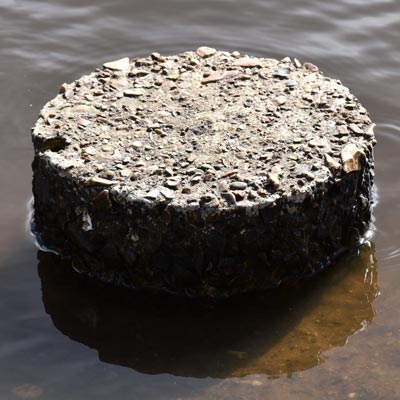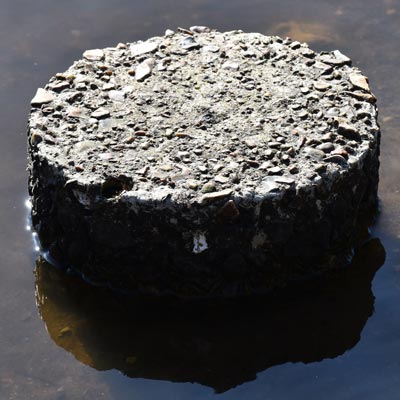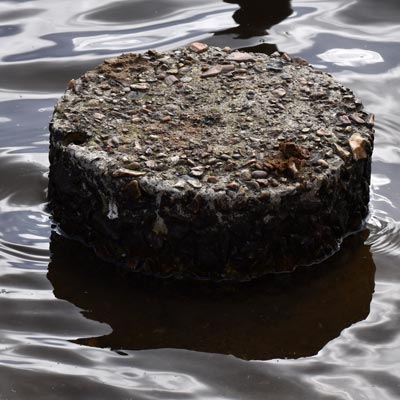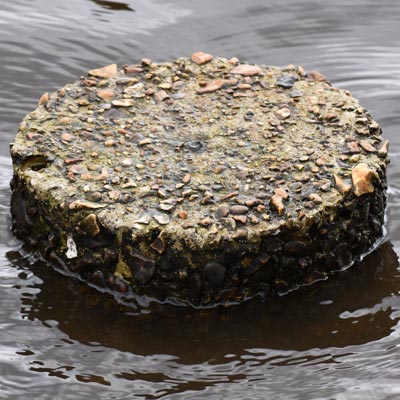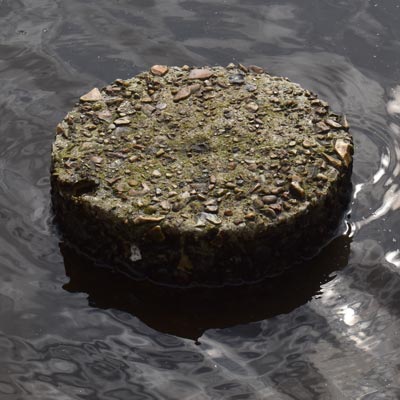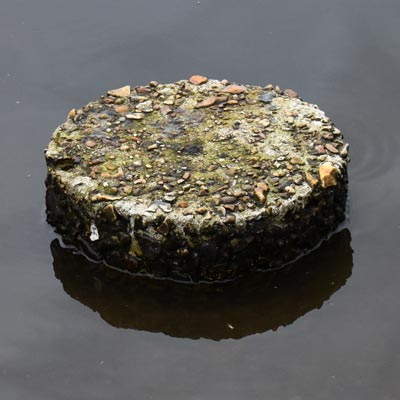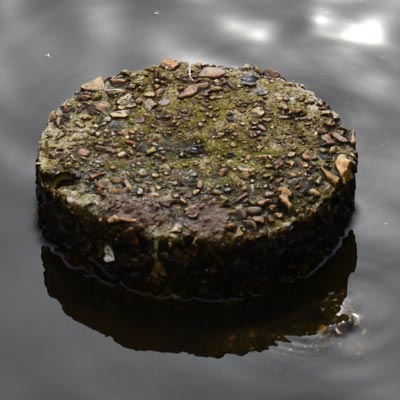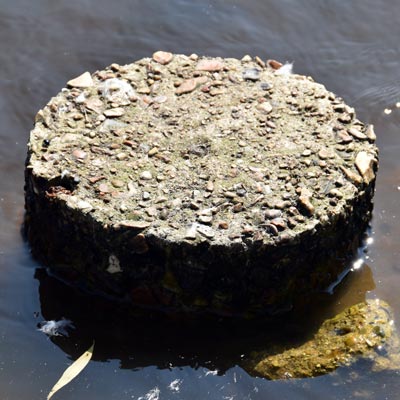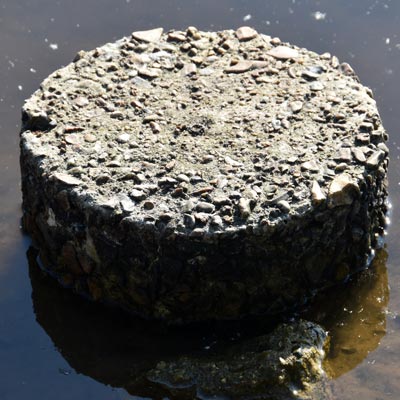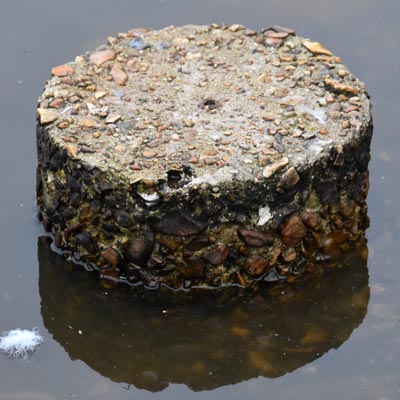The technical distinction between a pond and a lake has not been universally standardized - here are a few:
- Some regions of the United States define a pond as a body of water with a surface area of less than 10 acres - Petersfield pond covers an area of 22 acres.
- Lakes are normally much deeper than ponds and have a larger surface area. All the water in a pond is in the photic zone, meaning ponds are shallow enough to allow sunlight to reach the bottom. ... Lakes have aphotic zones, which are deep areas of water that receive no sunlight, preventing plants from growing.
- Other informal distinctions involve temperature. Lakes typically have stratified hot and cold temperatures between layers of their water in summer months, while ponds usually have consistent temperatures throughout.
- The only clear cut distinction between the two is that a lake is always a natural formation; if it is manmade, the body is classified as a pond. Ponds are created by farmers to provide water for livestock.
|
|
- Researchers for the British charity Pond Conservation (now called Freshwater Habitats Trust) have defined a pond to be 'a man-made or natural waterbody that is between 0.00025 acres and 4.9 acres in area and which holds water for four months of the year or more.'
- Other European biologists have set the upper size limit at 12 acres.
- In general, ponds have smaller waves than lakes. Waves smaller than 12 inches in height would generally be considered small. Water throughout ponds also tends to be more uniform in temperature, unlike water in lakes which can have a variety of water temperature depending on the depth.
- Most ponds are the result of rain run-off, small springs or small streams, while lakes are usually fed by rivers, creeks and/or springs.
In practice, a body of water is called a pond or a lake on an individual basis, as conventions change from place to place and over time. |
